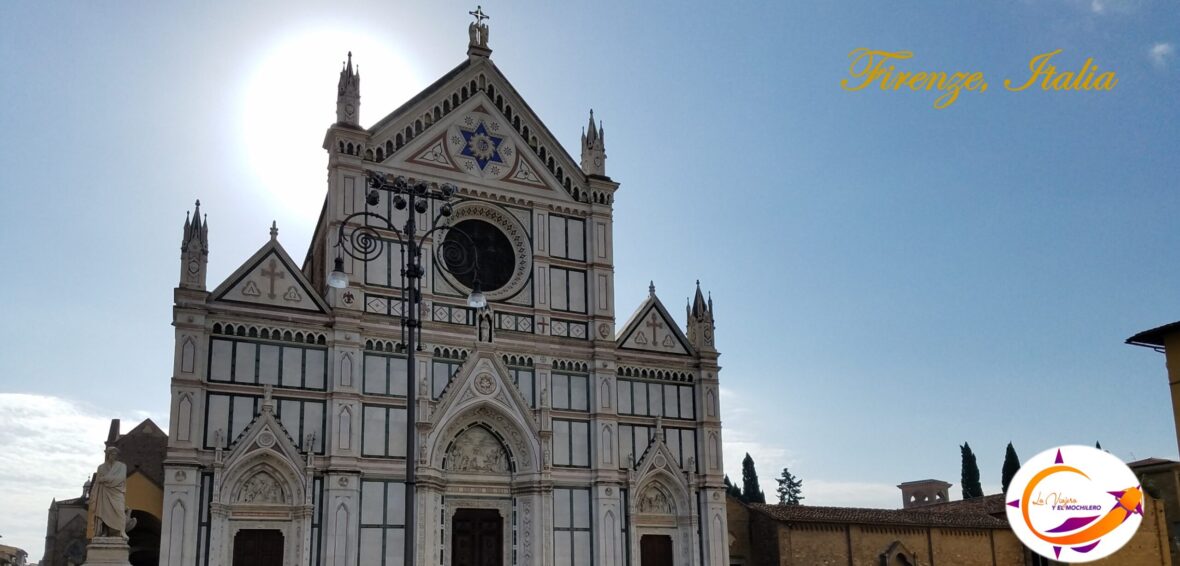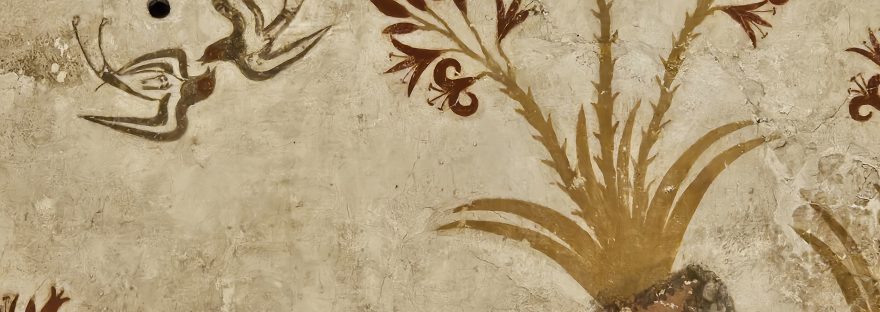The main archaeological museum in Greece is the National Archaeological Museum of Athens and houses one of the most significant collections of archaeological objects found in the country, dating from prehistoric to late antiquity.
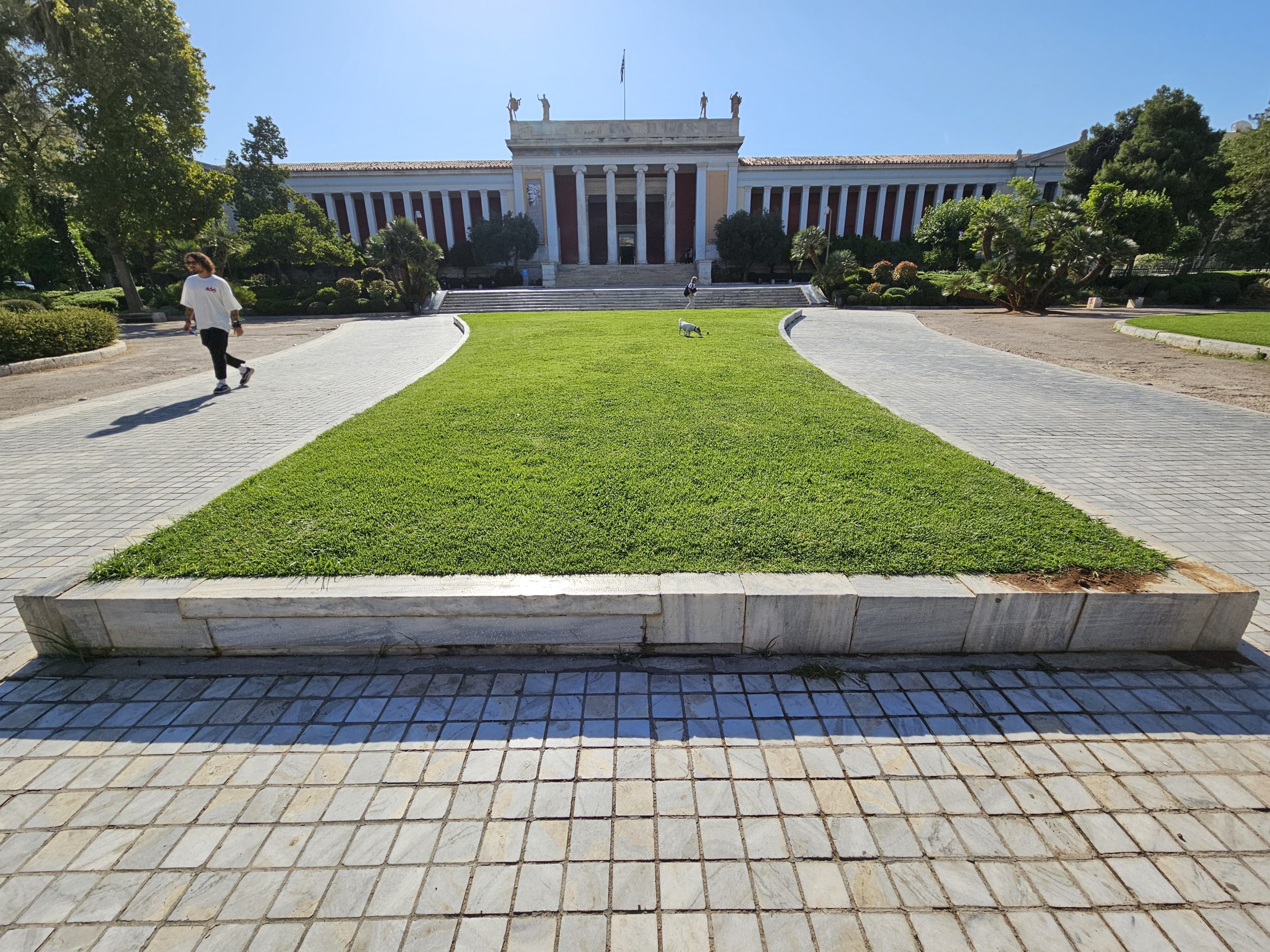
The National Archaeological Museum is located in the heart of Athens, in the Eksarhia district, and the structure that houses it shows a neoclassical design, in direct relation to the classical objects found inside. The building has undergone several expansions and renovations over time. The most significant was the construction of a new east wing in the early 20th century. A two-story building, designed by George Nomikos, was also constructed between 1932 and 1939. These expansions were necessary to house a constantly and rapidly growing collection of objects. Currently, the need to expand the museum into adjacent areas is being discussed, and a plan for subway expansion has been initiated.

With more than 20,000 objects and archaeological finds from various regions of Greece, the museum is considered one of the most important in the world. Its collection is recognized as the richest in ancient Greek artifacts to be found globally. The objects come from archaeological excavations in Santorini, Mycenae, Tirynthos, Dodona, Vafio, Ramnunte, Licosura, Aegean Islands, Delos, the temple of Aphaea in Aegina, the sanctuary of Artemis Ortia in Sparta, Pylos, Thebes, Athens, and elsewhere in Greece.
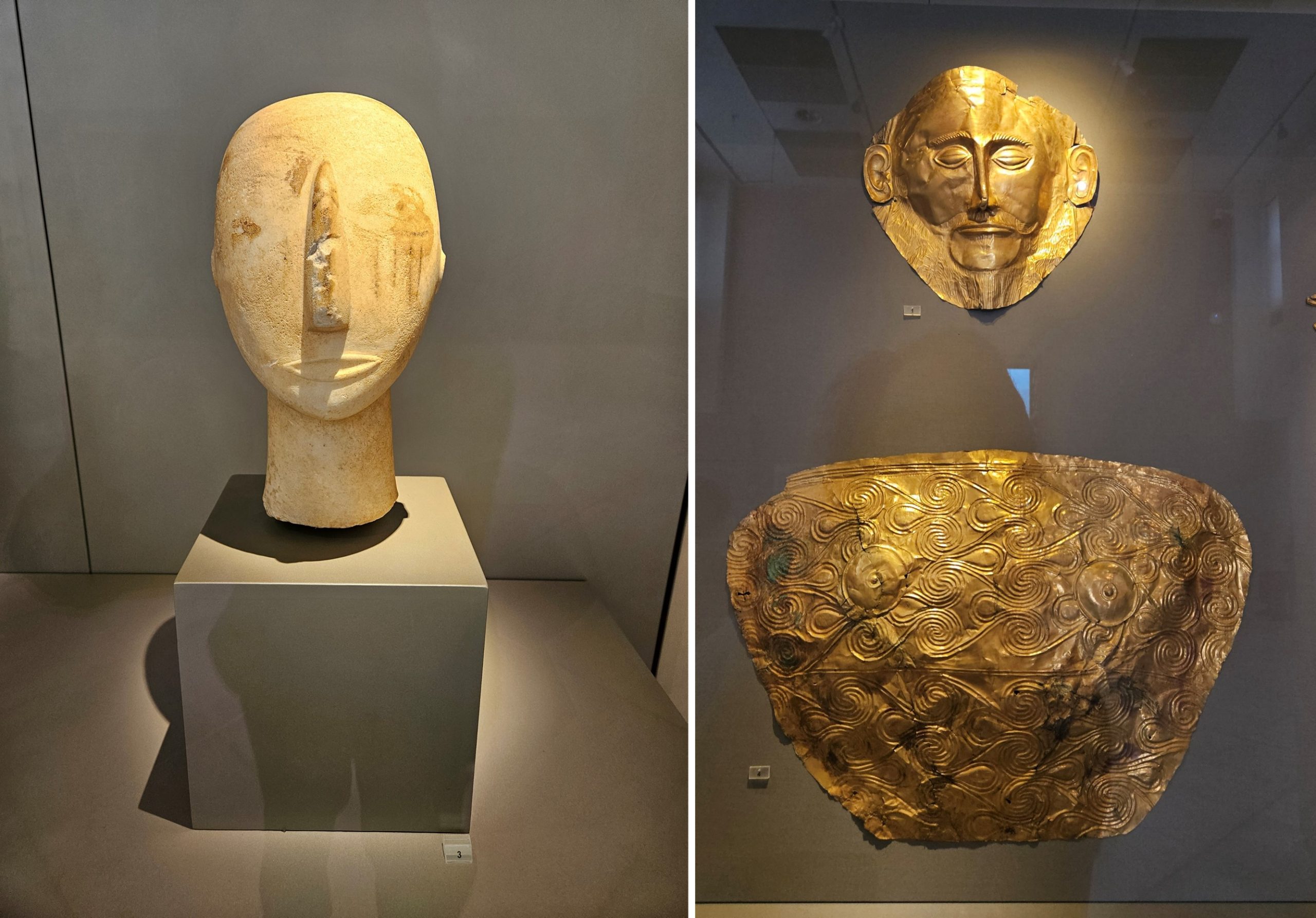
The National Archaeological Museum of Athens is organized in five sections, arranged chronologically. One of the collections with which the visit begins is that of prehistory, composed of objects dating from the Neolithic (6800 – 3000 BC), early and mid Bronze Age (3000 – 2000 BC and 2000 to 1700 BC respectively), and objects classified as Mycenaean or Cycladic art. Among the pieces that should not be missed on a visit to this museum are the figures of Cycladic art that developed approximately from 3300 BC to 2000 BC, in the Cycladic islands in the Aegean Sea, and the famous Mask of Agamemnon, a funerary mask, perhaps one of the most famous that may exist. It is not known for sure if it belonged to the famous King of Mycenae, but the archaeologist Schliemann, discoverer of the Mycenae site, said so.
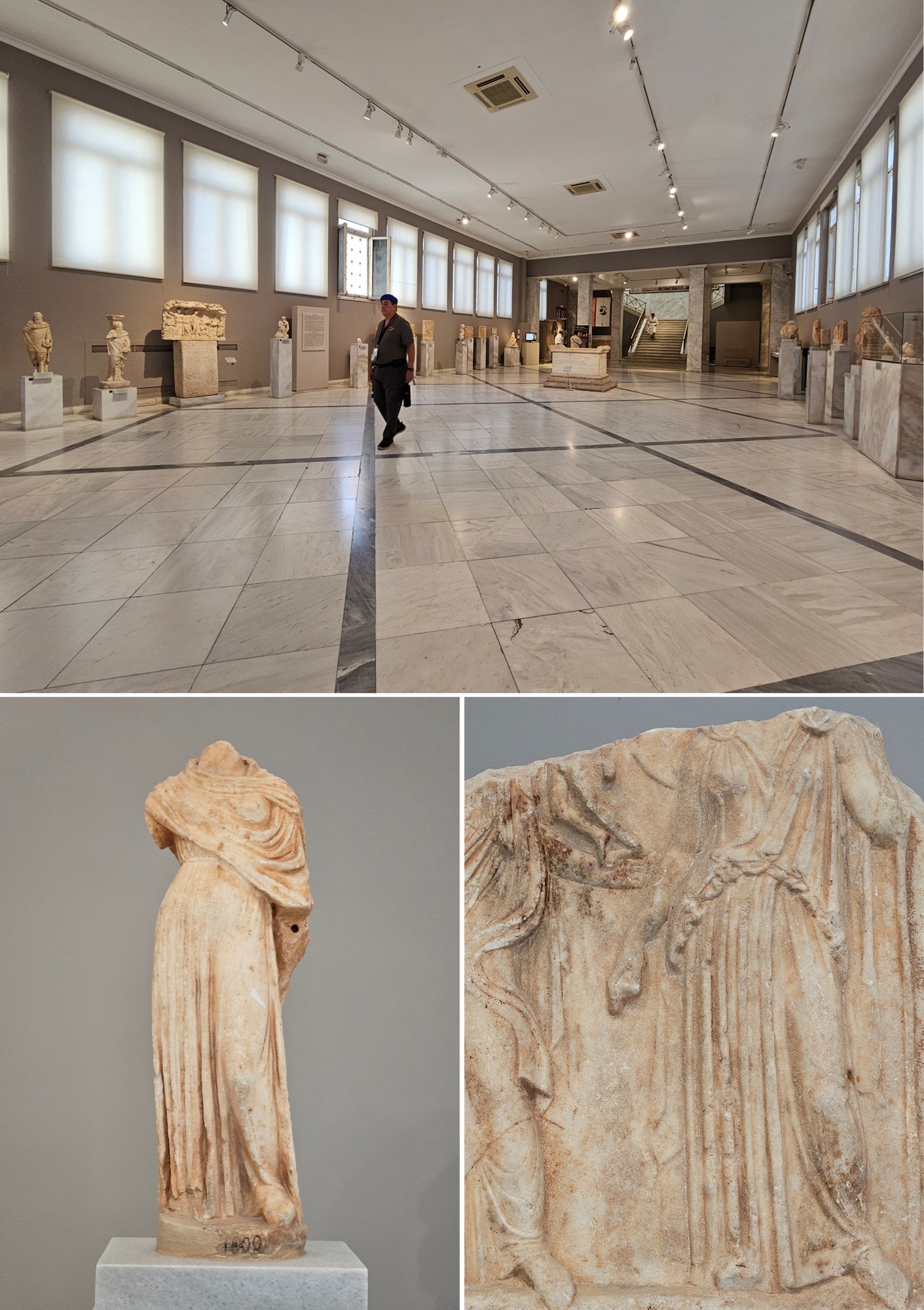
The collections include a very rich section of sculptural works ranging from the 7th to the 5th centuries BC. From reliefs, sculptures of various sizes and themes, this collection highlights the magnificent details of each sculpture presented and its historical significance.
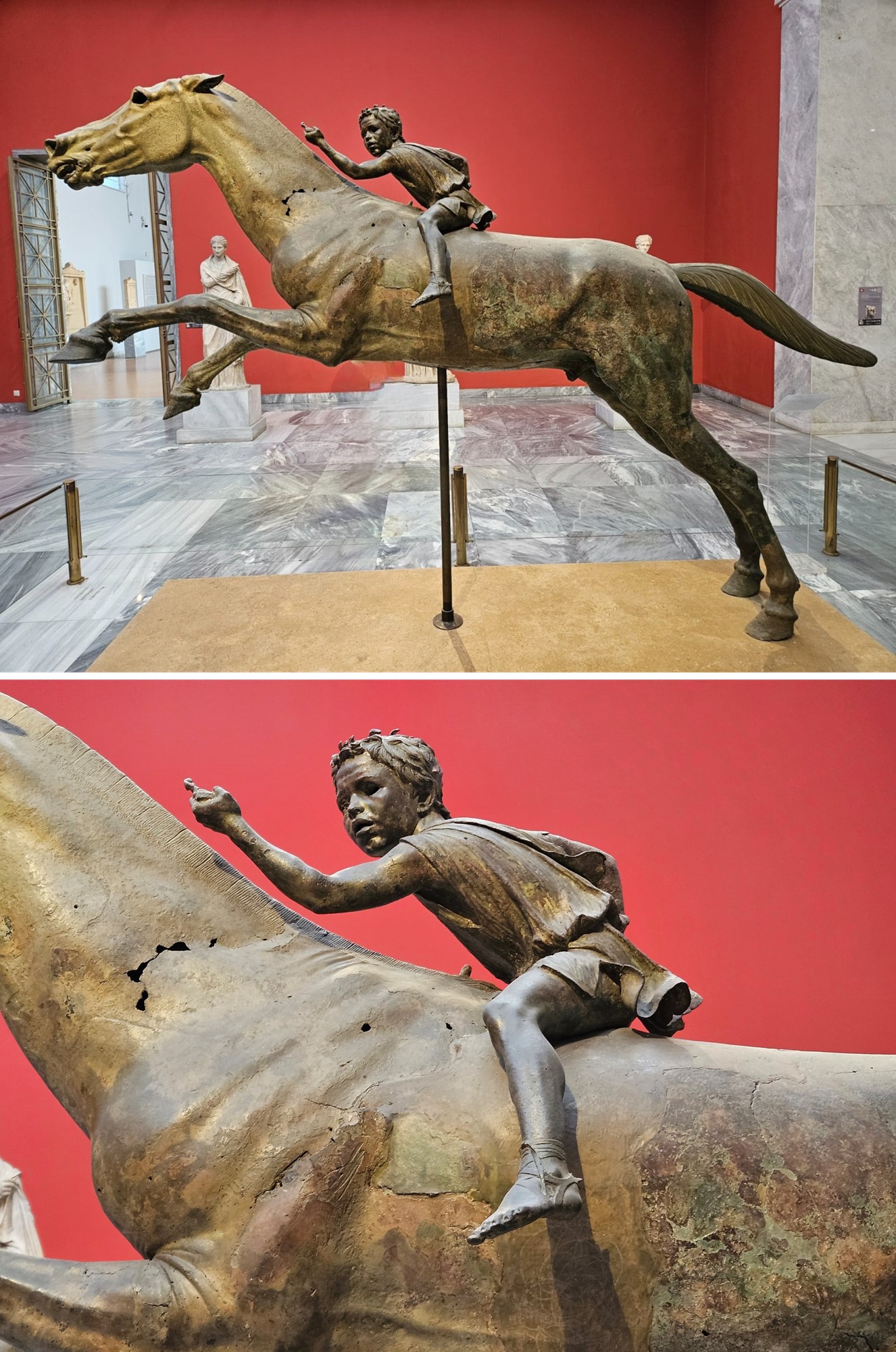
Among the sculptures, “The Horseman of Artemision” caught our eye. It is a bronze equestrian sculpture dating from 140 B.C. The sculpture was found between 1928 and 1937 in several fragments on the seabed off the coast of Cape Artemision, located north of the island or region of Ancient Greece called Euboea.

The museum’s pottery collection has a wide variety of pieces ranging from the 11th century BC to the Roman period in Greece. On display in this collection are ceramic vessels such as: lutrophores, amphorae, hydrias, skyphos, craters, pélices and lecithos, among many others.
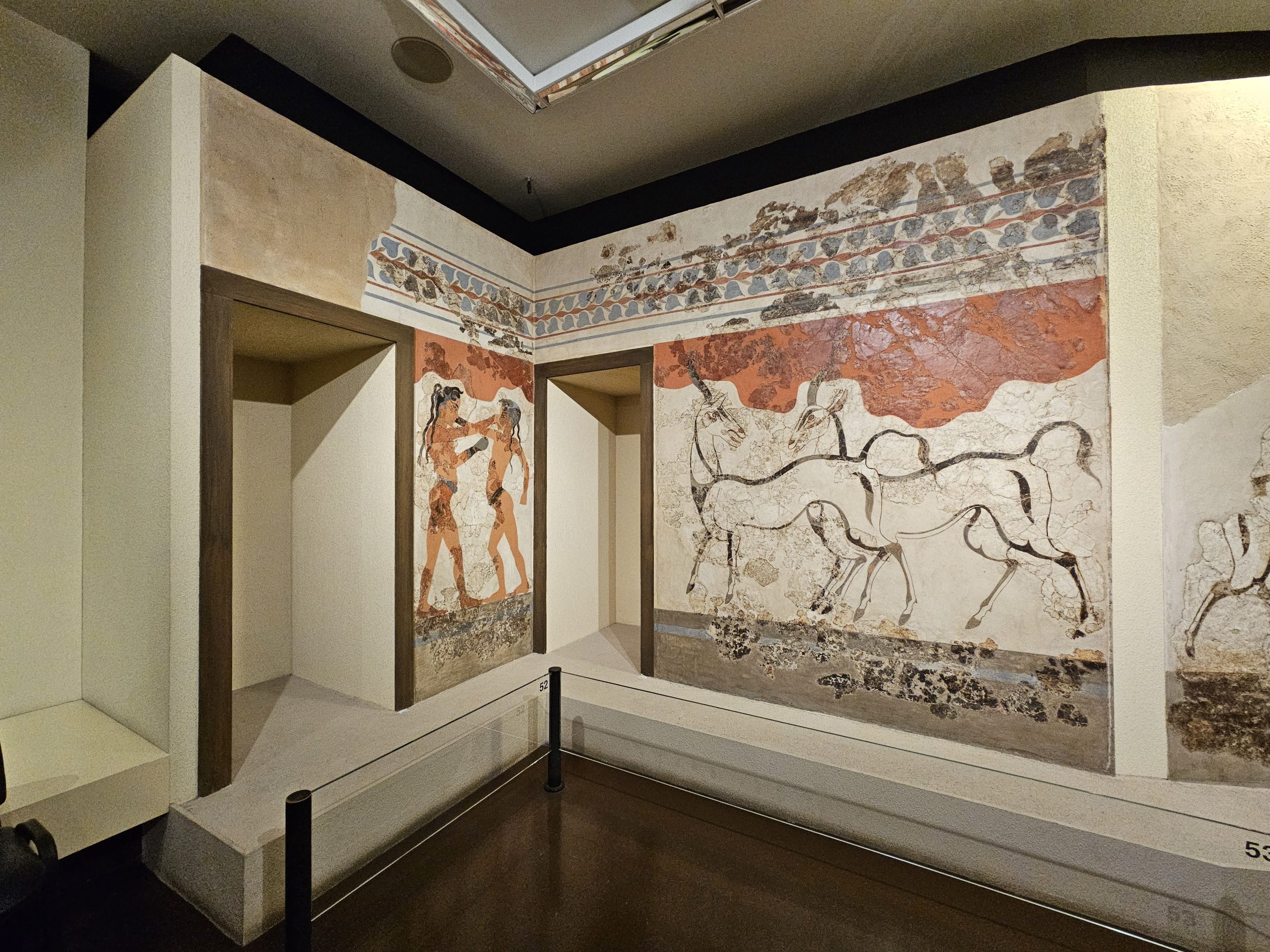
The National Archaeological Museum of Athens exhibits in one of its rooms, three frescoes from the site of Akrotiri, located on the island of Santorini, considered one of the jewels of the Minoan civilization. In the middle of the 2nd millennium BC, a volcanic eruption buried the city, which allowed several frescoes of great importance to reach us in an impressive state of preservation. Among them, the museum exhibits several, the one known as the “fresco of the antelopes”, the “fresco of the boxers” and, possibly the most beautiful of all, the “fresco of spring”.
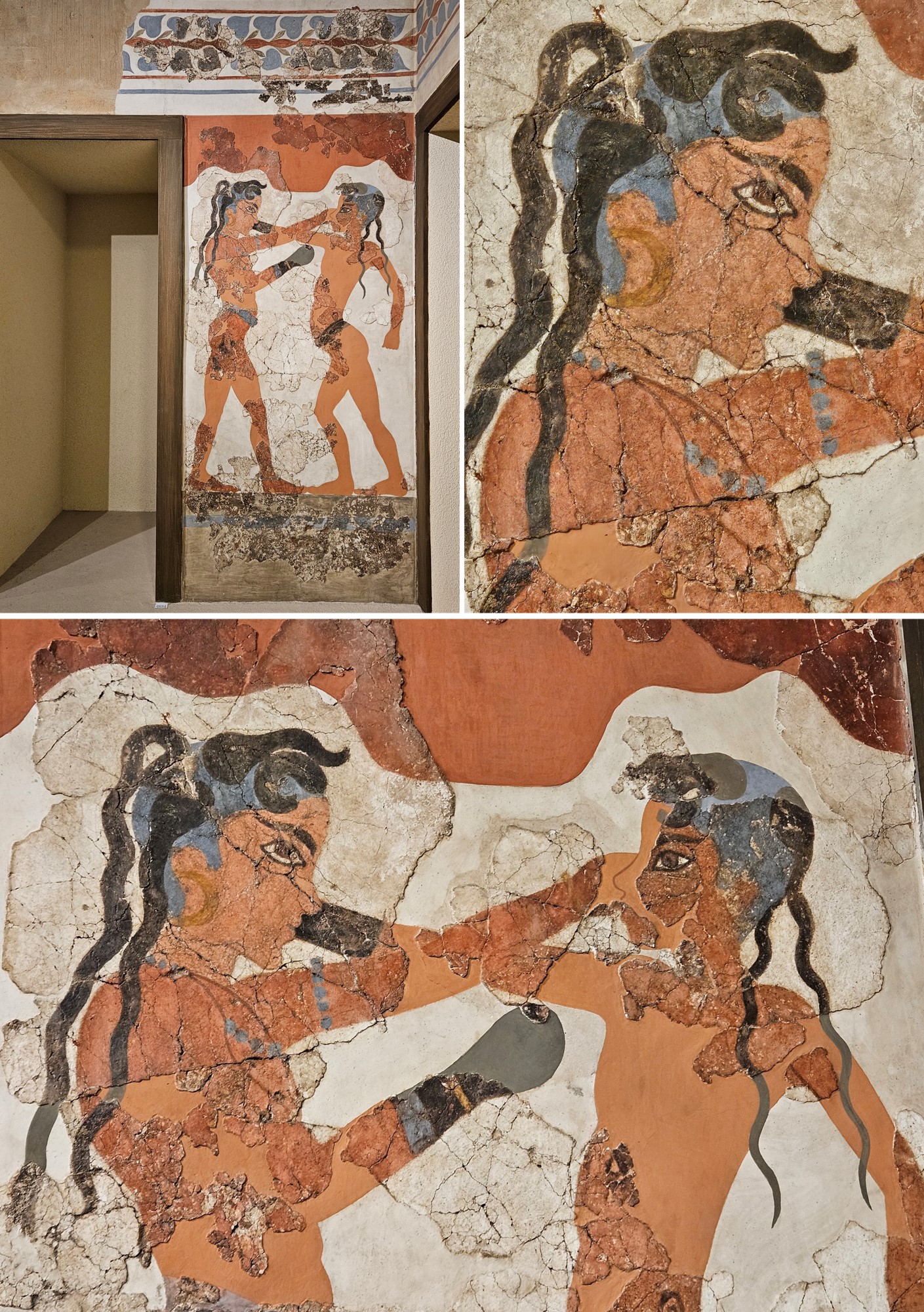
The fresco of the boxers was discovered in 1967, and is an important example of Minoan painting. This fresco depicts two young boys with boxing gloves and belts and dates to the Bronze Age, 1700 BC around 1650 BC. The shaven heads leaving some long locks are a reflection of the boys’ youth, while their reddish skin tone suggests their gender. The boy on the right is completely naked except for a belt, while the one on the left wears jewelry: gold earrings, a necklace, bracelets and an anklet, all made of blue beads, probably indicating a higher status. The figures are slightly taller than natural height, reaching 1.75 meters, or 5 feet 9 inches.
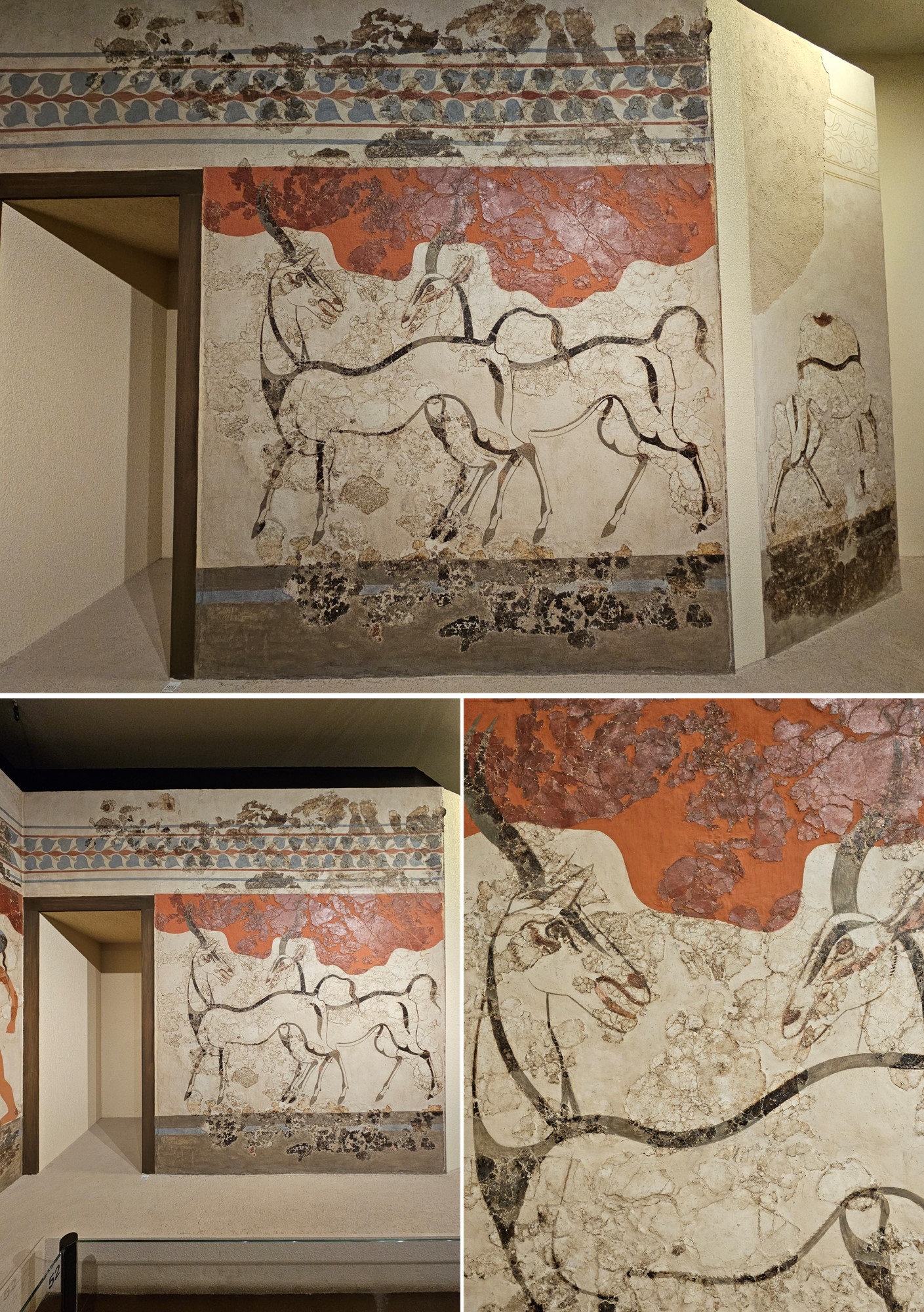
On the following wall after the fresco of the boxers, there is another fresco painting that is very well preserved in the National Archaeological Museum of Athens, it is the fresco of the antelopes. This mural adorned the west wall of room B1 of building B of the prehistoric settlement of Akrotiri, on the island of Santorini (ancient Thera). It dates to about the 16th century B.C. The fresco is 2.75 meters high (9 feet) and 2 meters wide (6.56 feet). The room where it was found was decorated with a total of 6 antelopes.
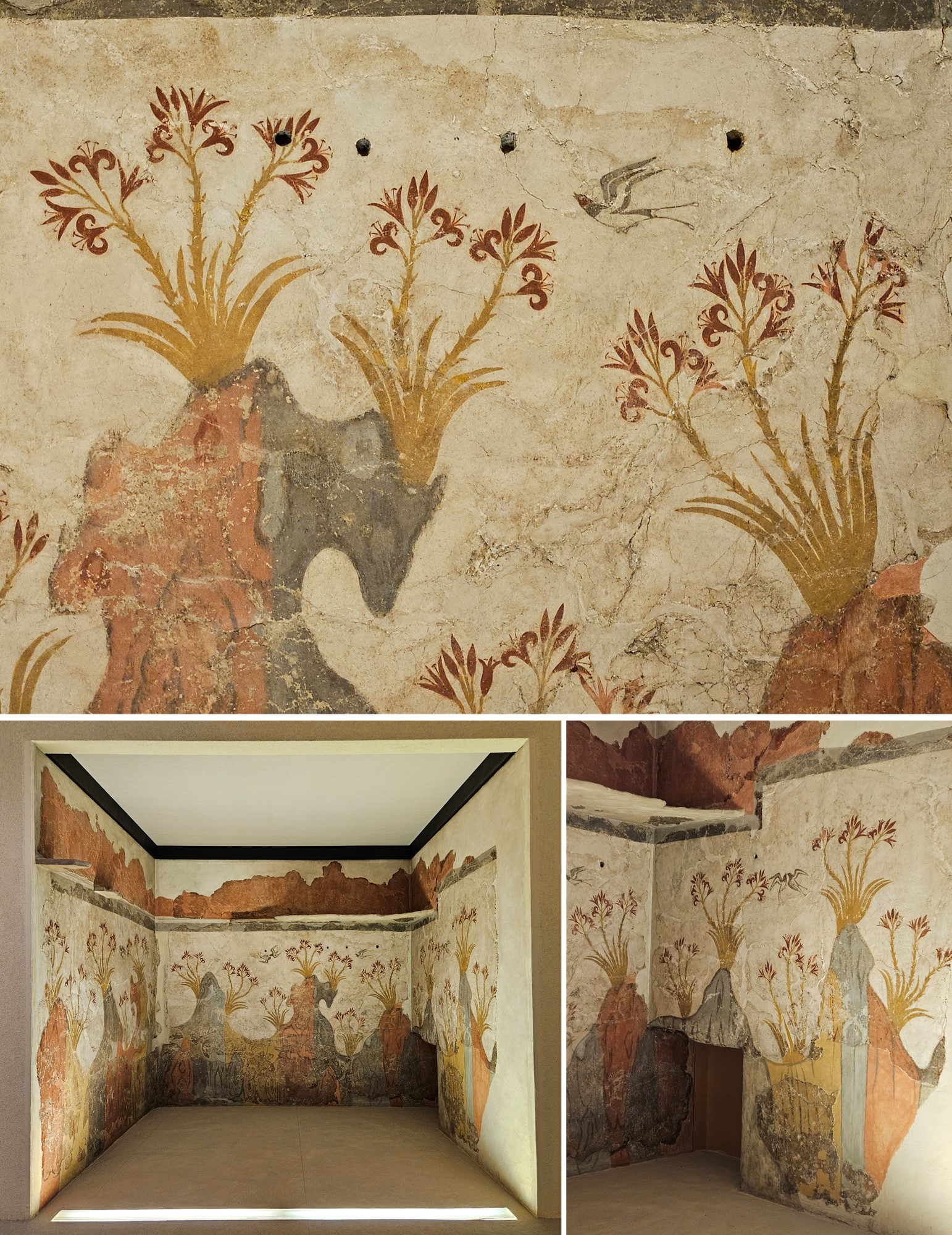
The spring fresco is one of our favorites, depicting the flora and fauna of the island. This fresco found in Akrotiri, covered the walls of three rooms and shows the landscape of Thera, symbolizing the annual rebirth of nature. It is the only “triptych” found in the entire site, occupying three walls of a room in the “Delta sector”. It is an exceptional work of art, showing a rocky landscape in vivid colors, showing lilies in bloom, and flown over by swallows painted with remarkable precision.

Another work of antiquity not to be missed is the bronze statue of Zeus or Poseidon found in room 15 of the National Archaeological Museum of Athens. Dating from about 460 BC, it is attributed to the sculptor Kalamis and was found in the sea at Cape Artemisio in 1928. It is an example of the Severe Style, an intermediate stage between the Archaic period and Classicism, being one of the few original statues preserved of that style. It is a masterpiece that stands out for its depiction of movement and anatomy. There is a long controversy over whether the sculpture represents the god Poseidon or his brother Zeus.
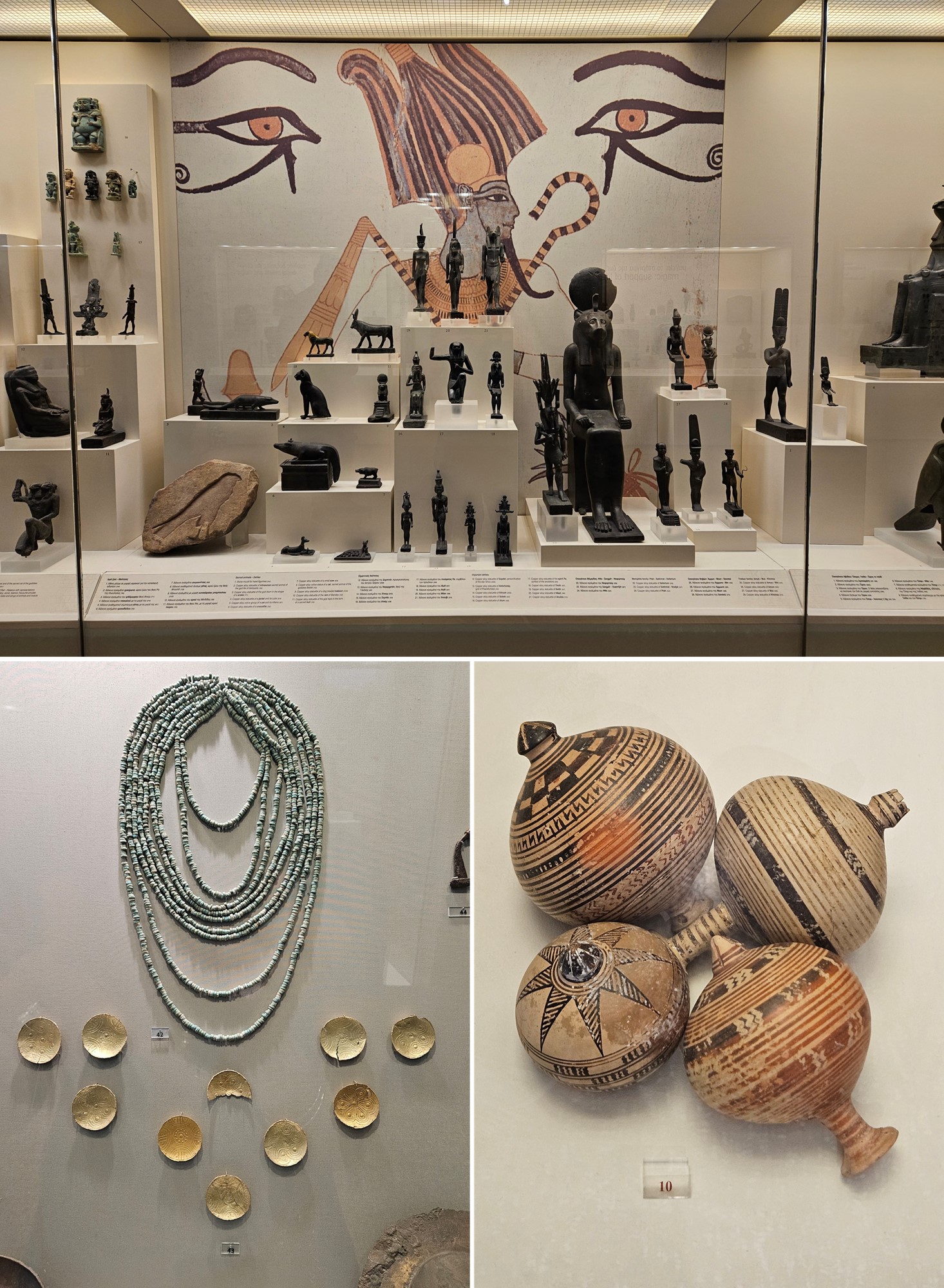
Other important collections included in the National Archaeological Museum of Athens are: the collection of bronzes, and the Egyptian and Near Eastern collections, where jewelry, weapons, tools, coins, toys and other ancient pieces are on display. The second wing of the museum houses the Epigraphic Museum, where one of the best collections of inscriptions in the world can be seen. In addition, this museum houses a 118-year-old library, where you can find ancient books and publications on art, science and philosophy. The library has some 20,000 volumes, including rare editions that may date back even to the 17th century and the most important collection of archaeology books in all of Greece.
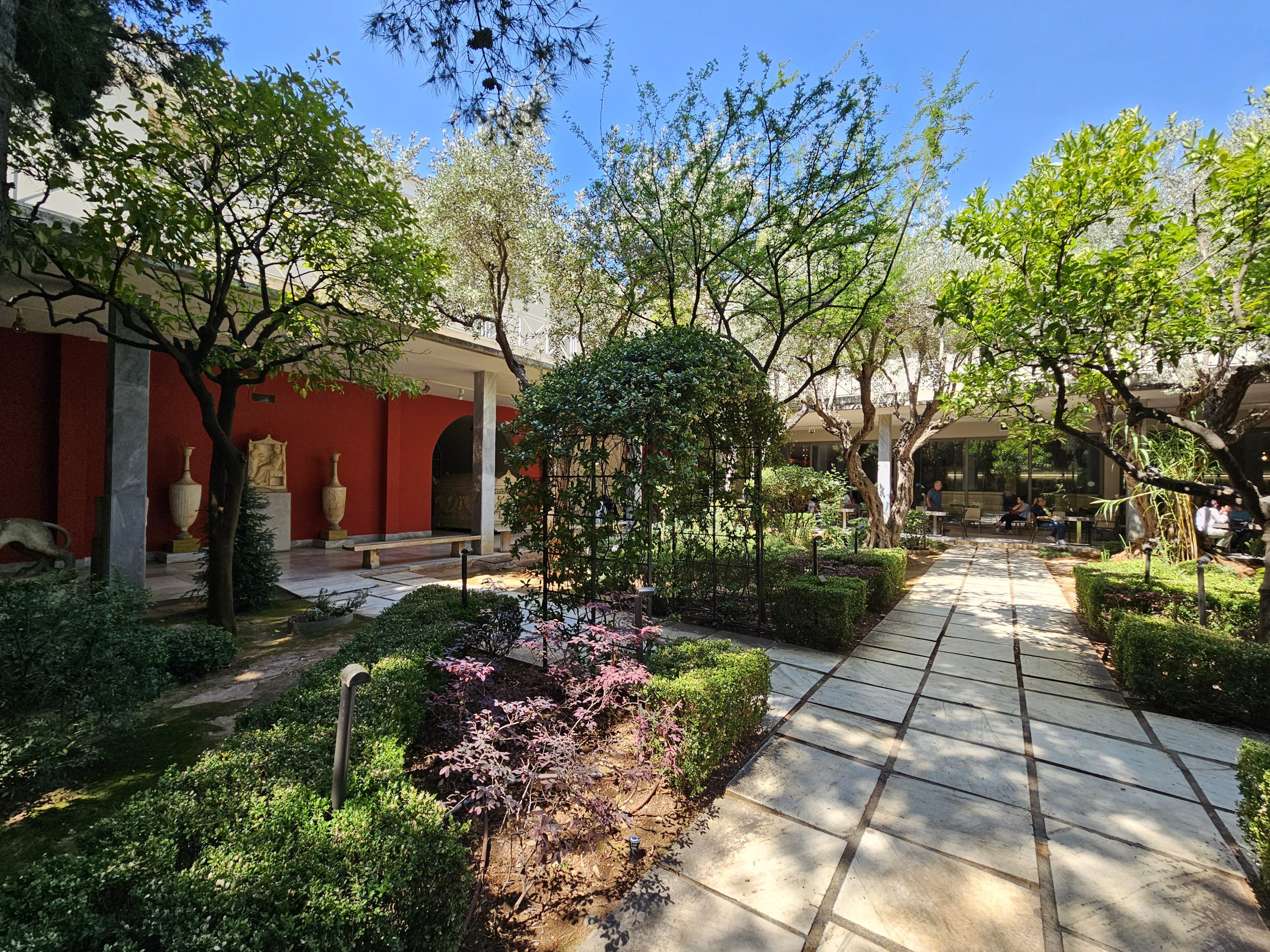
The National Archaeological Museum of Athens offers temporary exhibitions, an extensive photographic collection, a research library and laboratories specialized in the conservation of metal, terracotta, stone and organic matter objects, as well as a photographic and a chemistry laboratory. It also has a conference room, a large store and a cafeteria located in an atrium.
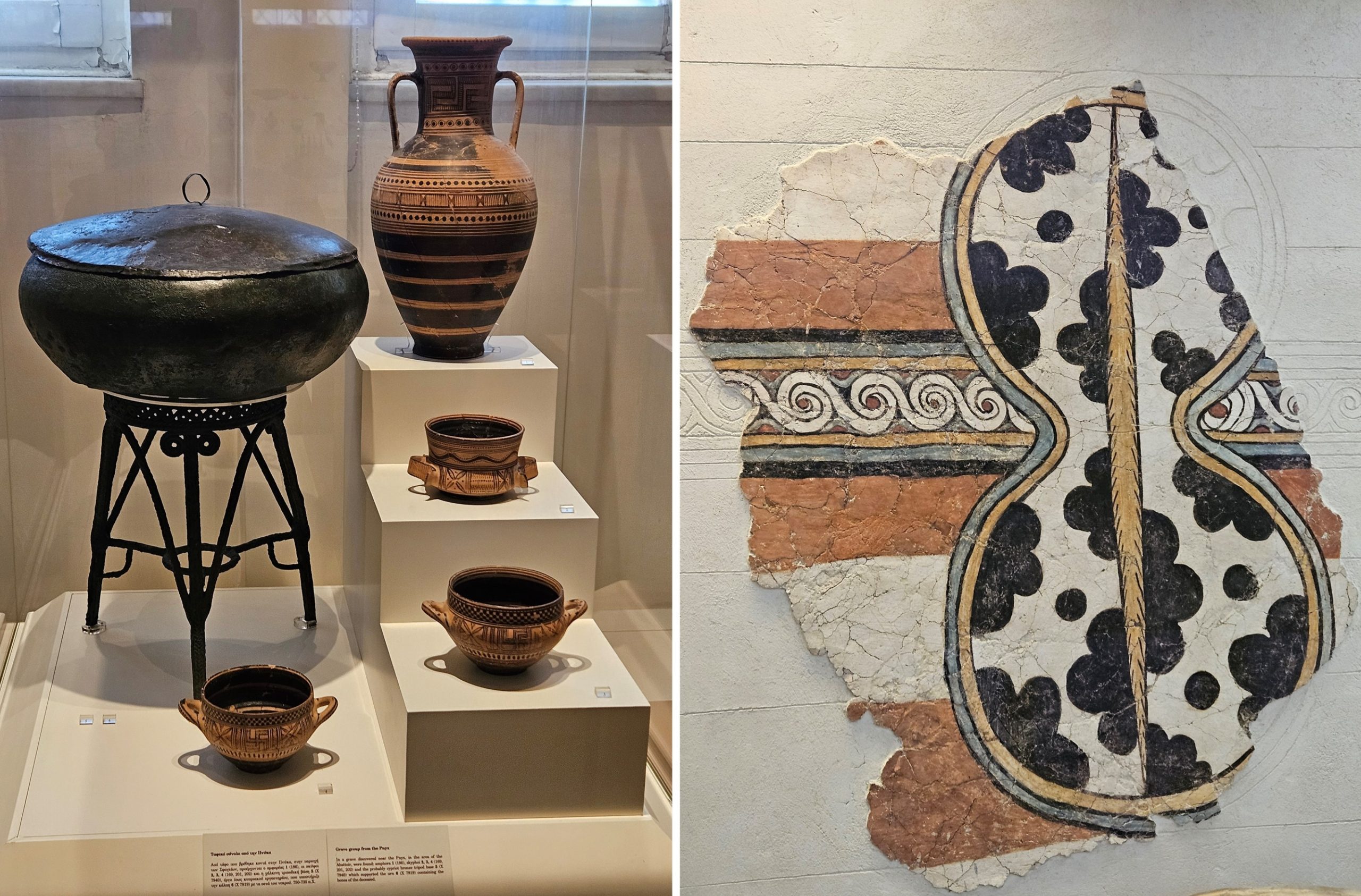
| Resources:
https://es.wikipedia.org/wiki/Museo_Arqueol%C3%B3gico_Nacional_de_Atenas https://www.grecotour.com/museo-arqueologico-de-atenas?srsltid=AfmBOorPmnrEUMdrDJgddzBPwADqh4UJgp2bTj8jTWiOgur088Xxzw |
